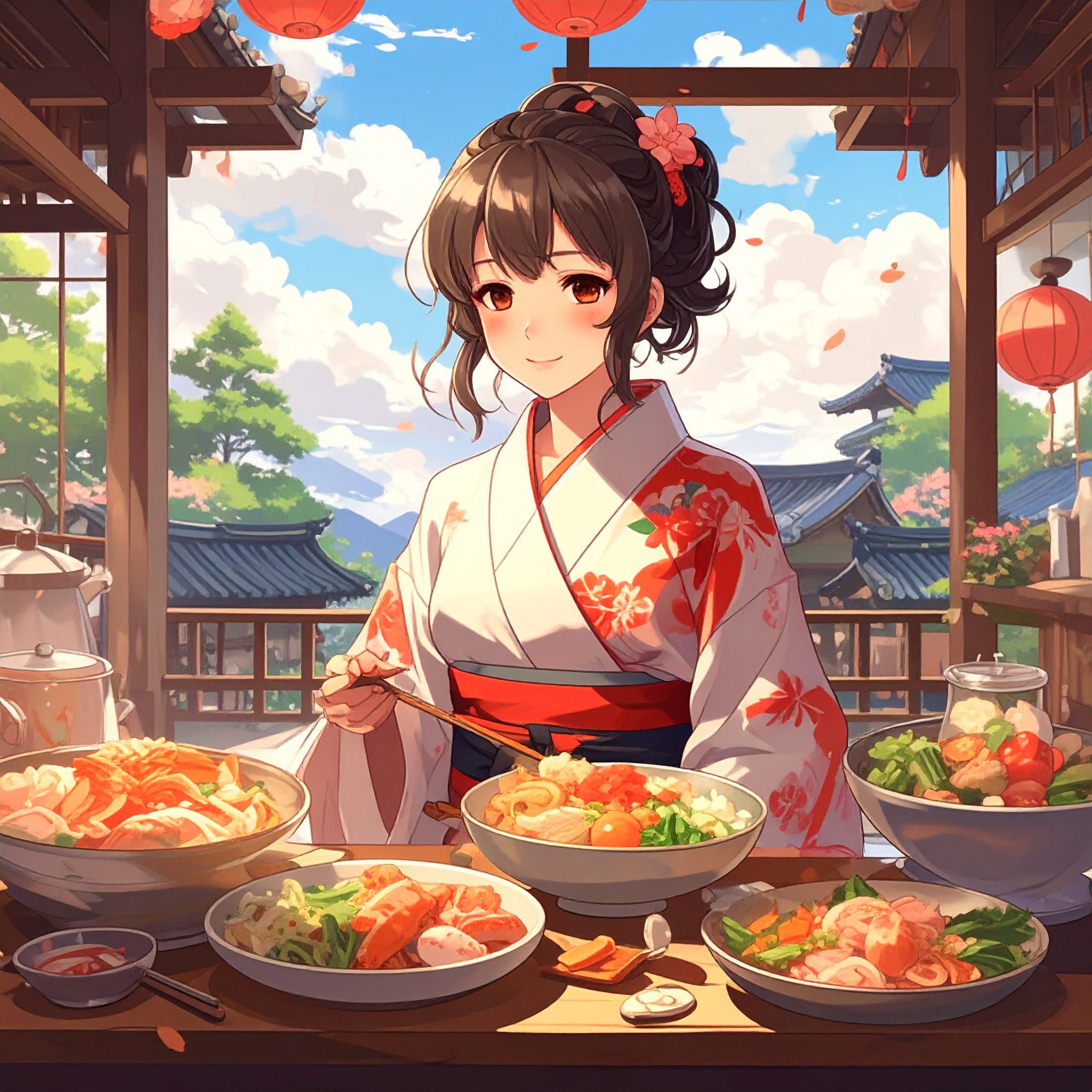Japan is home to ways of living passed down through centuries—not frozen in history, but alive in daily life. Tradition here is not a relic of the past, but a layering of refined wisdom: only what proves enduring is preserved, quietly shaping how people live today.
Sitting in a room with tatami mats, holding a steaming cup of tea—these simple moments carry the depth of Japanese sensibility. Handling tools, arranging space, and responding to seasonal shifts all reflect aesthetics nurtured over generations. These are not acts of ritual, but expressions of a cultivated sensitivity.
Consider traditional house designs: deep eaves and engawa (verandas) serve practical roles—softening summer sun and rain, connecting indoors and out. These features embody knowledge of climate and a flexible lifestyle that harmonizes with nature. Modern architecture in Japan continues to draw from this legacy, integrating such design philosophies in subtle ways.
The same continuity extends to food culture: seasonal ingredients, mindful presentation, shared meals—these are not formalities but everyday expressions of respect. Even with fast food and modern convenience, households still preserve seasonal cuisine and family recipes. Similarly, clothing traditions live on: while kimono may no longer be daily wear, they remain essential for milestones like coming-of-age ceremonies, weddings, and tea gatherings. The textures, patterns, and obi knot styles carry the hearts and craftsmanship of artisans. Furthermore, modern fashion often reinterpret kimono elements—blending tradition and innovation in contemporary attire.

Traditional techniques in Japan are not mere heritage to be preserved—they are living practices. In fields like ceramics, lacquerware, woodworking, and textiles, young artisans are embracing materials and experimenting with new forms. By respecting time-honored methods while adapting to modern life, tradition remains vibrant and dynamic.
On a journey, you might stumble into a rural workshop or stroll through an old neighborhood where “the past in the present” truly lives. Centuries-old techniques meet contemporary sensibility, creating fresh value. It’s this coexistence of the unchanging and the evolving that embodies the flexibility of Japanese traditional culture.
Tradition, in this sense, isn’t about rigid formality—it’s about lived experience. It grows through daily life, through the care of those who shape it with their hands and hearts. From tools used across generations to the prayers woven into annual rituals, each element supports the broader beauty of Japan.
A millennium of living isn’t something remote—it’s woven into everyday gestures, sounds, and scents. And that enduring essence still pulses within each of us living today.




